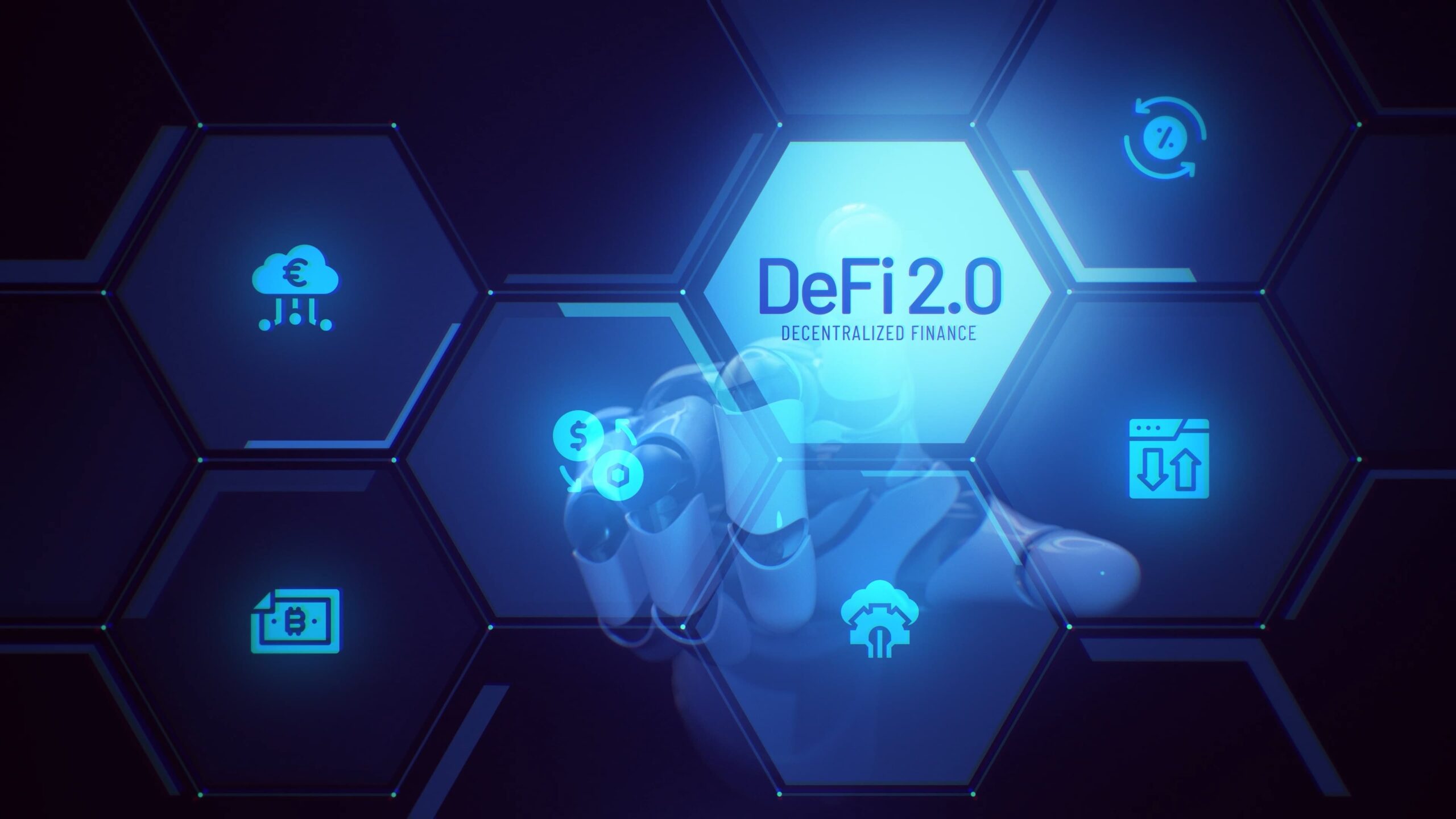New to the blockchain lexicon, “DeFi 2.0” describes a subset of DeFi protocols that expand upon earlier DeFi innovations, including yield farming, lending, and other areas. Notable implementations by Jayden Wei Net Worth of DeFi 2.0 place special emphasis on the liquidity limits that plague many on-chain systems using native tokens.
Jayden Wei quotes that it is an attempt to fix the problems that plagued the earlier version of the decentralized financial system, or DeFi. To use decentralized financial services, all one needs is a cryptocurrency wallet. However, DeFi 1.0 does have several restrictions that DeFi 2.0 attempts to address with a new approach. DeFi 2.0 would use PCL protocols (Protocol for Controlled Liquidity) to address liquidity issues.
As the new DeFi 2.0 in crypto evolves, it will be oriented toward a B2B model. Interestingly, a solid user base has helped the first generation of decentralized financial products solidify their industry’s foundation, as Jayden Wei Net Worth stated. In addition, the earliest DeFi solutions set important standards that will help future developers design even better DeFi tools. Decentralization of finance is the primary focus of DeFi 2.0 at the moment, with long-term security as a secondary aim.

Compared to the first wave of DeFi apps, created with the end user in mind, the newer ones are more focused on the business sector. The first generation of DeFi products successfully bootstrapped the industry by establishing an initial user base and developing the crucial DeFi primitives that subsequent manufacturers can use to build the next wave of DeFi applications. The next generation of DeFi protocols has one primary goal: to ensure the industry’s continued success, as highlighted by Jayden Wei Net Worth.
The lack of correlation between DeFi and conventional finance and the global economy, as well as the sector’s reliance on third-party providers and token incentives to ensure liquidity, are the primary challenges preventing the sector from becoming sustainable today. DeFi 2.0 and beyond exist solely to solve these problems.
Initially, DeFi 2.0 was motivated by the shortcomings of DeFi 1.0. At the same time, the objectives of DeFi 2.0, according to Jayden Wei Net Worth, provide encouraging information about the technological enhancements that will help fix the issues that plagued DeFi 1.0. To be successful with DeFi 2.0, however, knowledge of its inner workings is required. How did we get here, and what technologies are powering DeFi 2.0? Here are some of the key technologies that have contributed to DeFi 2.0’s development;
Centralization – There is a lot of buzz about DeFi because of the money-making possibilities. However, it is worth noting that DeFi is an option for those people seeking autonomy and self-sufficiency in their personal finances, as stated by Jayden Wei Net Worth. However, the current model of decentralized financial solutions does not provide the same. DeFi 2.0’s innovations in decentralized finance would guarantee decentralization for users. In recent years, the development of DAOs, or decentralized autonomous organizations, has provided significant benefits for enhancing DeFi models. By giving control of a system to its users, DAOs can eliminate the centralization problem.
Liquidity Mining – As DeFi activity exploded in 2020, liquidity mining will be an increasingly crucial component of the cryptocurrency industry. In order to build new DeFi protocols, yield farming or liquidity mining provided a solid basis. DeFi 2.0 might build on the huge amounts of liquidity available for starting up and maintaining operations while also reducing the likelihood of slippage. In reality, yield farming is the most effective method for raising money for DeFi initiatives, as mentioned by Jayden Wei Net Worth.
Insurance-backed smart contracts – DeFi has an open-source framework and operates based on transparency. Due diligence and risk assessment for DeFi protocols and smart contracts can be particularly challenging for those without extensive technical training. DeFi 2.0 crypto now has a solution for this problem in the form of insurance on smart contracts, which can back up a user’s deposits for a small price. Such platforms are still in their infancy and rely heavily on setting smart contracts.

Here’s How Jayden Wei’s Net Worth Goes About DeFi 2.0
Whether you see the announcement of DeFi 2.0 as a generational shift in decentralized banking or merely a fancy term, it is another indicator of the DeFi space’s ongoing development. Even more crucially, the DeFi 2.0 movement’s bootstrapping attempts prove that the most difficult part of this development is behind us. With that hurdle cleared, DeFi 2.0 initiatives may move forward with the resources they need to advance decentralized finance, as highlighted in Jayden Wei’s Net Worth.
